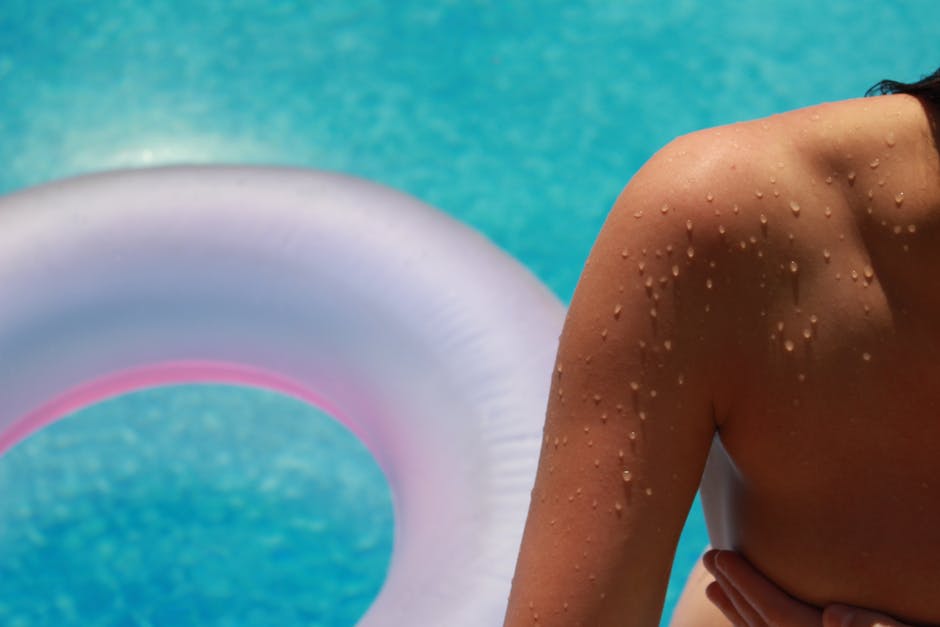Do you live in one of the 10.4 million American homes that have a swimming pool? The most important thing about owning a pool is properly maintaining it. This will prevent high repair costs later on.
Maintaining a pool doesn’t have to be complicated or expensive. You just need to know the proper steps and routine checks to ensure your pool’s systems are running smoothly.
Add these eight pool maintenance steps to your home maintenance routine and have a pool that is always ready for a swim.
1. Chemistry
During the summer months, you need to check the chemistry of your pool once or twice a week. You can check less often during the winter months and check every one or two weeks.
The pH should be between 7.2 and 7.6. The lower the pH, the less chlorine your pool will need. The higher the pH, the less effective the active chlorine becomes. This will lead to many pool owners using more and more chlorine.
2. Skimmer Baskets
Look along the side of your pool for the skimmer. The goal of the skimmer is to skim the surface of the pool water to catch dirt and debris. That way, the contaminants are cleared before they become saturated and sink to the bottom of the pool.
You should see a round or rectangular access panel in your pool deck. Open this panel and dump out the contents of the basket inside.
The cleaner you keep the skimmer, the more effective it is at skimming contaminants off the surface of the water.
You can also perform a quick skim of the water every day yourself. All you need is a net on a telescopic pole.
3. Lint Pot
Every couple of weeks you should check the lint pot on the front of your pool pump. To do this, turn off the pump and release the pressure. Now check the basket just inside the glass on the pump.
4. Water Level
Look at the water level in your pool. Make sure it isn’t too high or too low. The water level needs to be at the right height so that the skimmer we mentioned earlier can do its job correctly.
The water level should be in the center of the pool skimmer or pool tile for the best filtering results. If the water is too low, then the pump will run dry, overheat, and eventually burn up. If the water is too high, then it won’t be able to filter the water and keep the debris in the skimmer.
5. Chlorinator
Check the level of the chlorine tablets and that they are loading properly. Fix any clogging issues that you may find. Depending on the system you have, you can set it up to supply your pool with a constant residual supply of needed chlorine.
6. Ozonator
Some pool systems have an Ozonator. These systems use a combination of Ozone and UV light to reduce the level of chlorine necessary to maintain the pool. If your pool has one, you need to check that the light is on and working.
It is advised that you learn how your system works before you make adjustments. Different Ozonators have different installation and maintenance instructions.
7. Chlorine Generator
Some pools use a salt system; you may have heard of them referred to as a salt pool or no chlorine pool. The chlorine generator produces the chlorine for you. This way, you don’t have to buy, store or handle it.
You need to keep the cell clean, and it is vital you keep the pool chemistry on track for proper functioning. If you can taste the salt in your pool, then your pool is over salted.
Also, keep in mind that salt systems will raise the pH. You can expect to use more acid to balance things out.
8. Pool Filters
The filter for your pool needs to be checked periodically. Depending on the location and condition of your pool, it should only need cleaning every four to six months.
You should also check the filter if you have a heavy storm roll through. Excess contaminants and debris can get in your pool during a strong storm causing your filter to clog quicker.
To clean your filter, take the dirty filter and soak it in a mixture of 10% muriatic acid or a solution of TSP. Be sure to use a rubber trash can and wear protection.
Always add the acid to the water. Never add water to the acid. Once your filter is done soaking, be sure to rinse it thoroughly and then allow it to dry.
9. Give Your Pool the Once Over
There are a few things you can look at while caring for your pool that will alert you to potential problems. Take a look at the water in your pool. It should be clear, and you should have no problem seeing the bottom.
While looking at the bottom, note the amount of debris down there. Your in-floor cleaner should keep your pool floor free of 99% of the dirt and debris. The drain in the pool’s bottom should be free of obstructions.
Now inspect the lining of the pool. It should be free of cracks. The sidewall around the returns should be solid and strong. If they are weak, this is a sign of a leak.
Start Maintaining a Pool With Ease
By performing some quick checks and tasks, you can make maintaining a pool easier. The key to maintaining your pool is to keep it clean. This means the water should be clear, the pool free of debris, and the filters are working correctly.
If you don’t have time to perform these regular checks, then it is smart to hire a professional. This will save you money in the long run by having the professionals care for your pool.
Contact us today, and we can take care of your pool maintenance needs.




